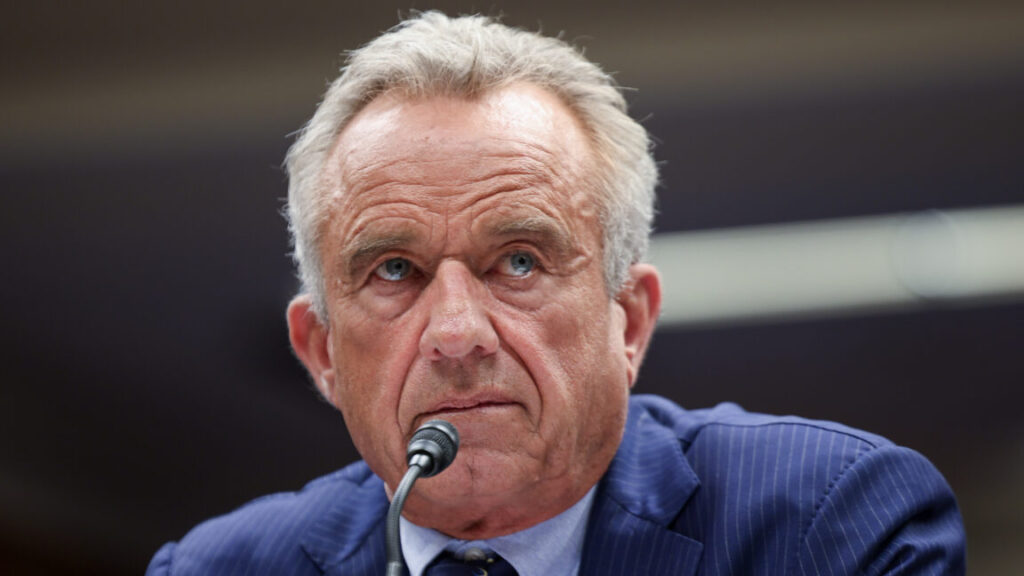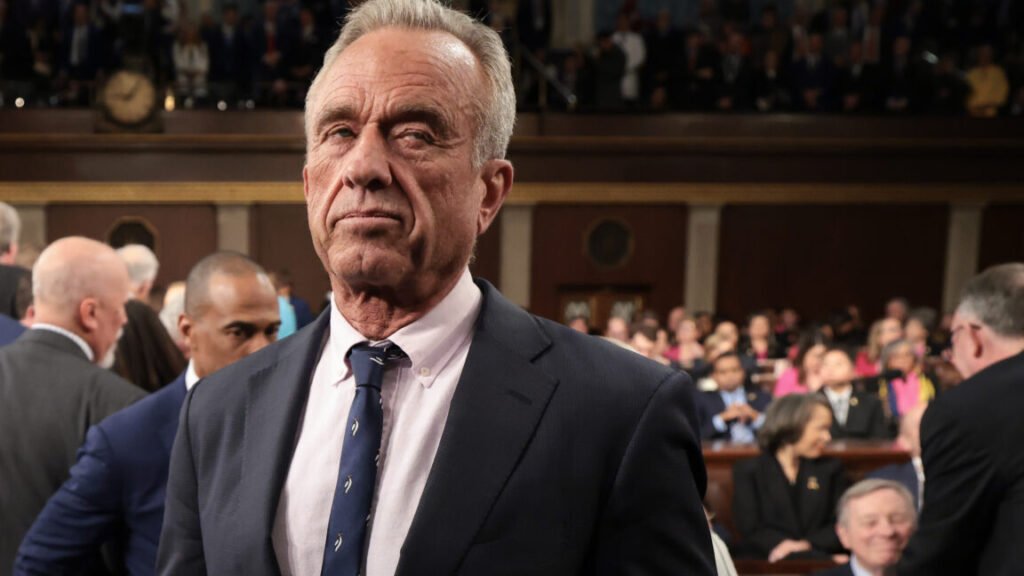Two men fell gravely ill last year; their infections link to deaths in the ’80s
Doctors soon discovered they were infected with the rare soil bacterium, which causes a disease called melioidosis.
Dangerous infection
Generally, melioidosis can be difficult to diagnose and tricky to treat, as it is naturally resistant to some antibiotics. It can infect people if they breathe it in or get it into open cuts. Sometimes the infection can stay localized, like a lung infection or a skin ulcer. But it can also get into the blood and become a systemic infection, spreading to various organs, including the brain. Fatality rates can be as high as 90 percent in people who are not treated but fall to less than 40 percent in people who receive prompt, proper care.
Both men in 2024 were quickly hospitalized and diagnosed with sepsis. Both were treated with heavy antibiotic regimens and recovered, though patient 2 relapsed in November, requiring another hospital stay. He ultimately recovered again.
According to the CDC, about a dozen melioidosis cases are identified each year in the US on average, but most occur in people who have traveled to areas known to harbor the bacterium. Neither of the men infected last year had recently traveled to any such places. So the researchers turned to genetic sequencing, which revealed the link to two cases in the 1980s.
In those cases, both men died from the infection. The man dubbed Patient 3 died in October of 1989. He was a veteran who fought in Vietnam—where the bacterium is endemic—two decades prior to his infection. The researchers note that such a long latency period for a B. pseudomallei infection is not entirely out of the question, but it would be rare to have such a large gap between an exposure and an infection. More suspiciously, the researchers note that in the month prior to Patient 3’s death, Hurricane Hugo made landfall in Georgia as a Category 4 storm, dumping three to five inches of rain.
Two men fell gravely ill last year; their infections link to deaths in the ’80s Read More »



















